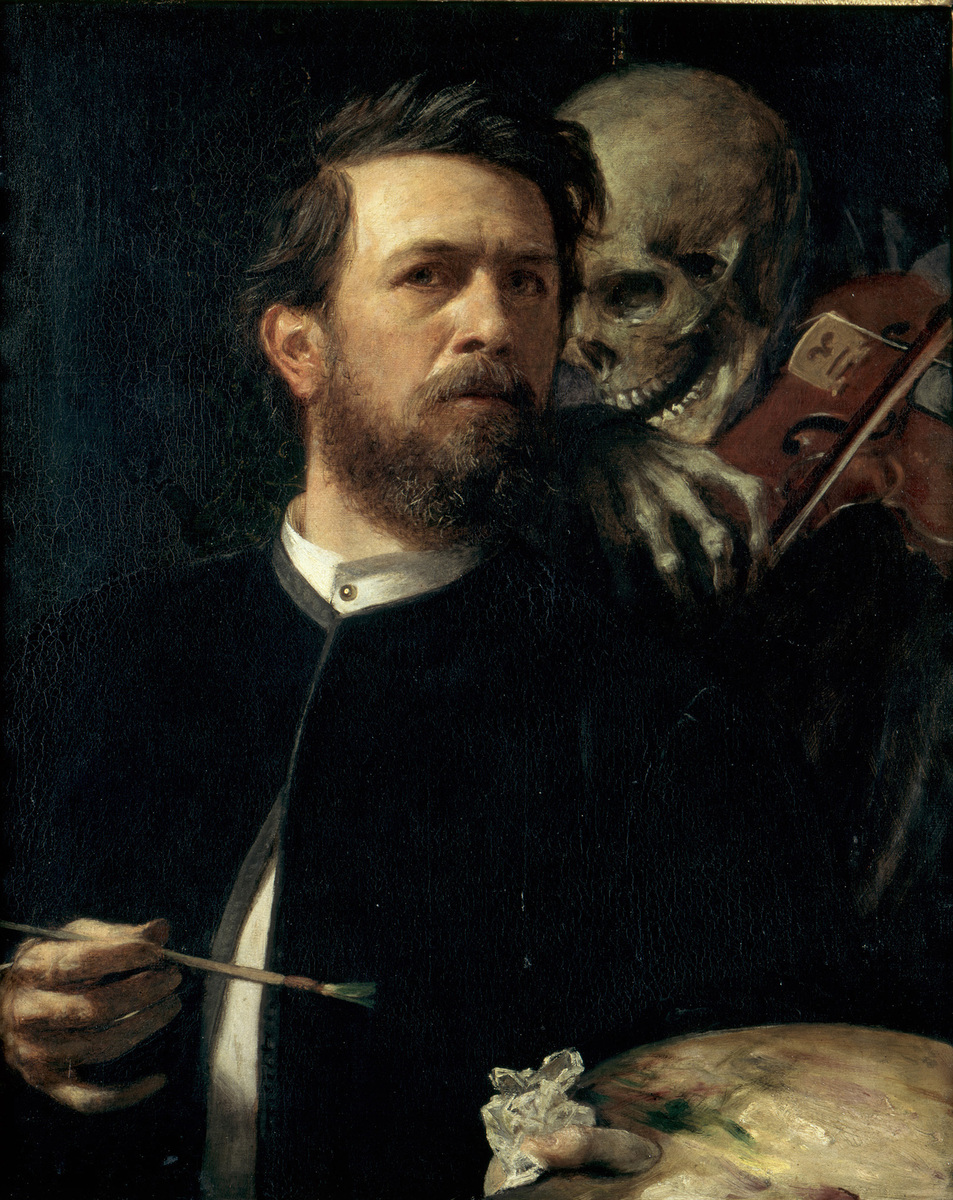Abstract
Arnold Böcklin (1827–1901) was best known for his unreal, dreamlike
scenes, which anticipated aspects of Surrealism while drawing heavily on
classical mythology. Böcklin left his native Switzerland to train at the
Düsseldorf Academy of Art in the 1840s; from 1850 to 1857, he lived and
worked in Rome; thereafter, he returned to Italy numerous times,
spending about 30 years there altogether. His reputation spread only
slowly, in large part because his land- and seascapes were so full of
mythical creatures (nymphs, mermaids, centaurs, and so on) that they
were considered excessive, eccentric, and downright bizarre. Beginning
in the 1880s, when etchings of his works were marketed to middle-class
audiences, his paintings began to catch on. Böcklin also profited
greatly from the efforts of Ferdinand Avenarius, the founder of
Der Kunstwart and an admirer of his
work. By the time of his death, Böcklin was being hailed as one of the
most original and creative German artists of the
fin de siècle; and, in retrospect, it
can be said that his interest in imaginary scenes, liberated from
traditional forms and motifs, prepared the ground for Expressionism.
That Böcklin “struck a different sort of chord” can be interpreted both
figuratively and literally: according to Gustav Mahler’s widow Alma, the
scherzo movement of Mahler’s Symphony No. 4 in G Major (1900) was
inspired by the image of Death playing the fiddle in this self-portrait.
In keeping with the spirit of the canvas, Mahler had the violin soloist
play on an improperly tuned violin
[scordatura].
